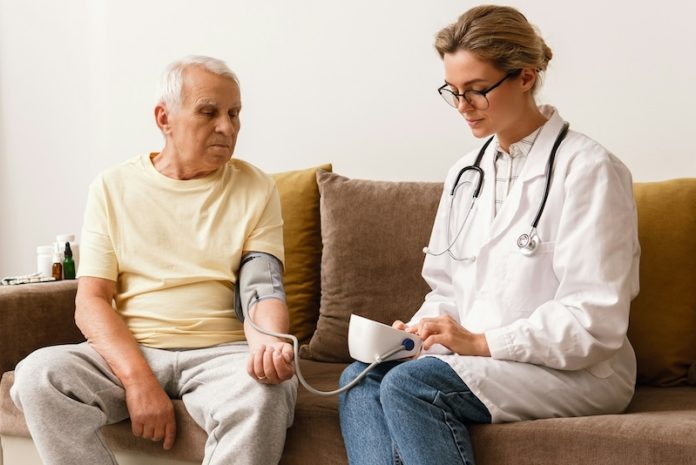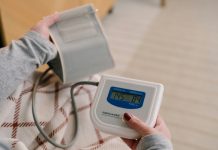
Have you ever noticed your blood pressure shooting up at the doctor’s office, only to return to normal when you’re back home?
This phenomenon, known as White Coat Syndrome, is more common than you might think. It refers to the situation where patients exhibit higher blood pressure readings in a clinical setting but have normal readings outside.
This review explores what causes White Coat Syndrome and how it can be managed.
White Coat Syndrome is named after the traditional white coats worn by medical professionals. The increase in blood pressure is believed to be a response to anxiety or stress experienced during a medical visit.
It’s an intriguing condition because it highlights how our environment and mental state can directly influence our physical health.
Research indicates that a significant number of people experience White Coat Syndrome. Some studies suggest that it could affect up to 30% of patients diagnosed with high blood pressure.
This condition is particularly important because it can lead to an overdiagnosis of hypertension, potentially resulting in unnecessary medication for some individuals.
So, what causes this spike in blood pressure? It’s primarily attributed to the anxiety of being in a medical setting.
For many, hospitals and clinics are associated with illness, treatments, and a fear of bad news, which can naturally elevate stress levels.
This stress response triggers the release of certain hormones, like adrenaline, which temporarily increase blood pressure by making the heart beat faster and narrowing the blood vessels.
Understanding White Coat Syndrome is crucial for both patients and healthcare providers. It can lead to a misdiagnosis of hypertension and unnecessary treatment.
To address this, doctors may recommend ambulatory blood pressure monitoring or home blood pressure monitoring. Ambulatory monitoring involves wearing a blood pressure cuff for 24 hours to measure blood pressure throughout the day in various settings.
Home monitoring can also help provide a more accurate picture of a person’s blood pressure, offering readings in a familiar, relaxed environment.
Treatment and management strategies for White Coat Syndrome focus on reducing anxiety and stress during medical visits. Techniques such as deep breathing, meditation, or listening to calming music before appointments can help.
Additionally, establishing a trusting relationship with healthcare providers and understanding the medical procedures can alleviate fears and anxieties.
For those diagnosed with White Coat Syndrome, it’s important to continue monitoring blood pressure outside the doctor’s office.
If consistently high readings are recorded at home, it may indicate that the person actually has hypertension and requires treatment.
On the other hand, if home readings are normal, patients and doctors can work together to manage the anxiety associated with medical visits, reducing the impact of White Coat Syndrome.
In conclusion, White Coat Syndrome is a fascinating example of how psychological factors can influence physical health, specifically blood pressure.
Recognizing and understanding this condition is a critical step towards accurate diagnosis and effective management of blood pressure.
By employing strategies to reduce anxiety in clinical settings and utilizing home or ambulatory blood pressure monitoring, patients and healthcare providers can ensure that treatment decisions are based on accurate and comprehensive blood pressure data.
Ultimately, awareness and proactive management can help navigate the challenges of White Coat Syndrome, leading to better health outcomes.
If you care about high blood pressure, please read studies that early time-restricted eating could help improve blood pressure, and natural coconut sugar could help reduce blood pressure and artery stiffness.
For more information about blood pressure, please see recent studies about added sugar in your diet linked to higher blood pressure, and results showing vitamin D could improve blood pressure in people with diabetes.
Copyright © 2024 Knowridge Science Report. All rights reserved.



